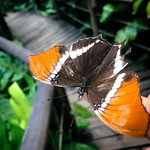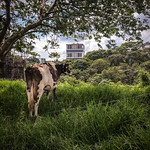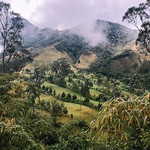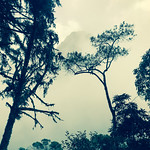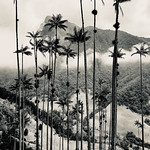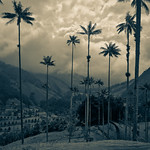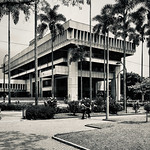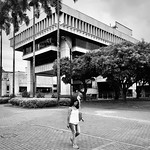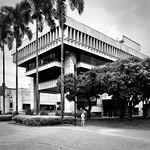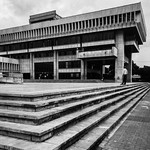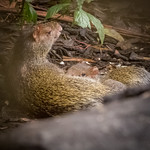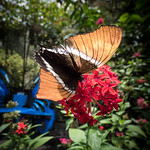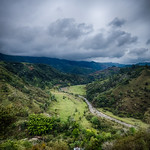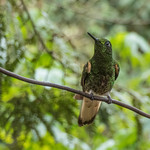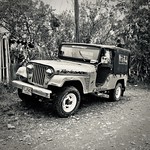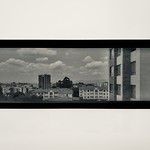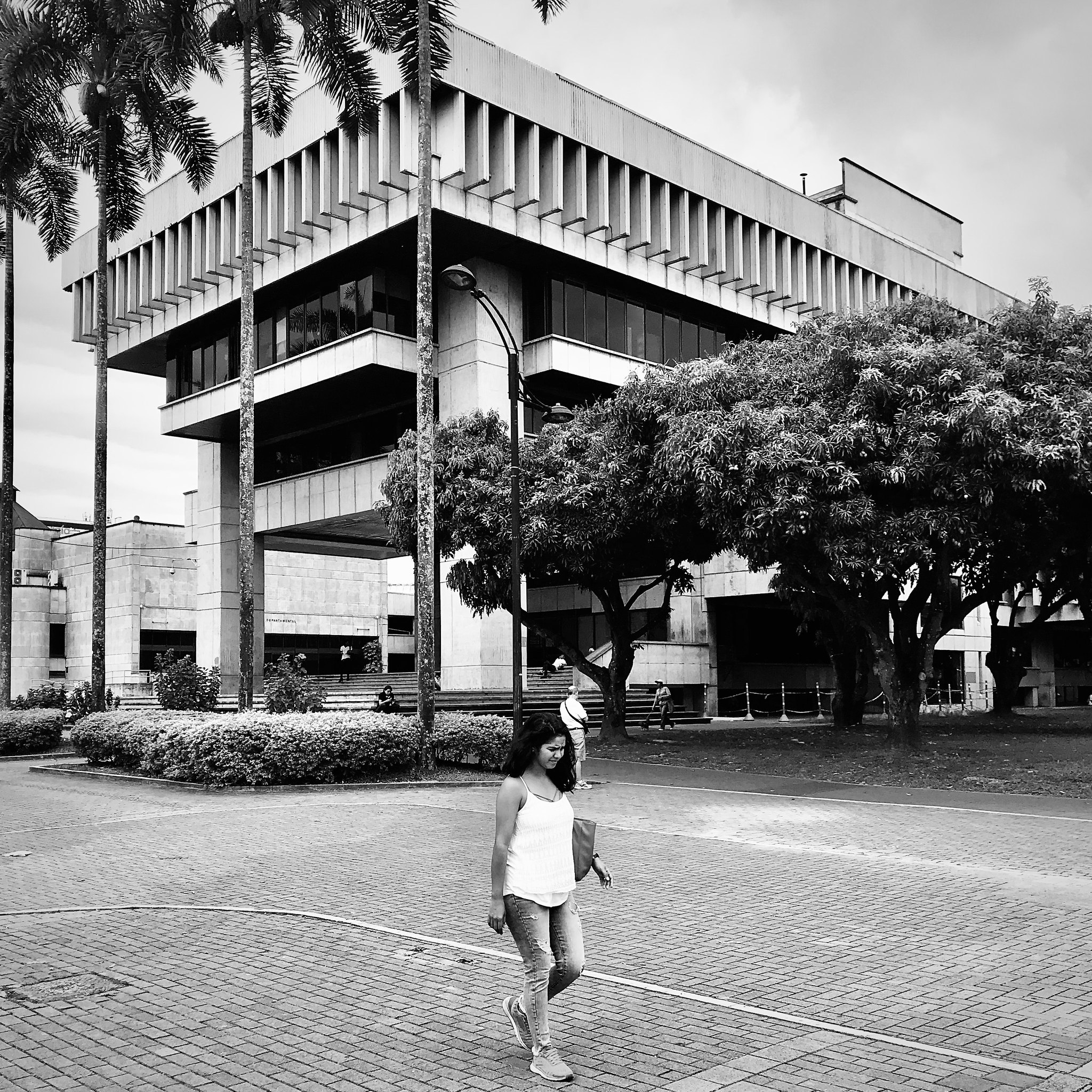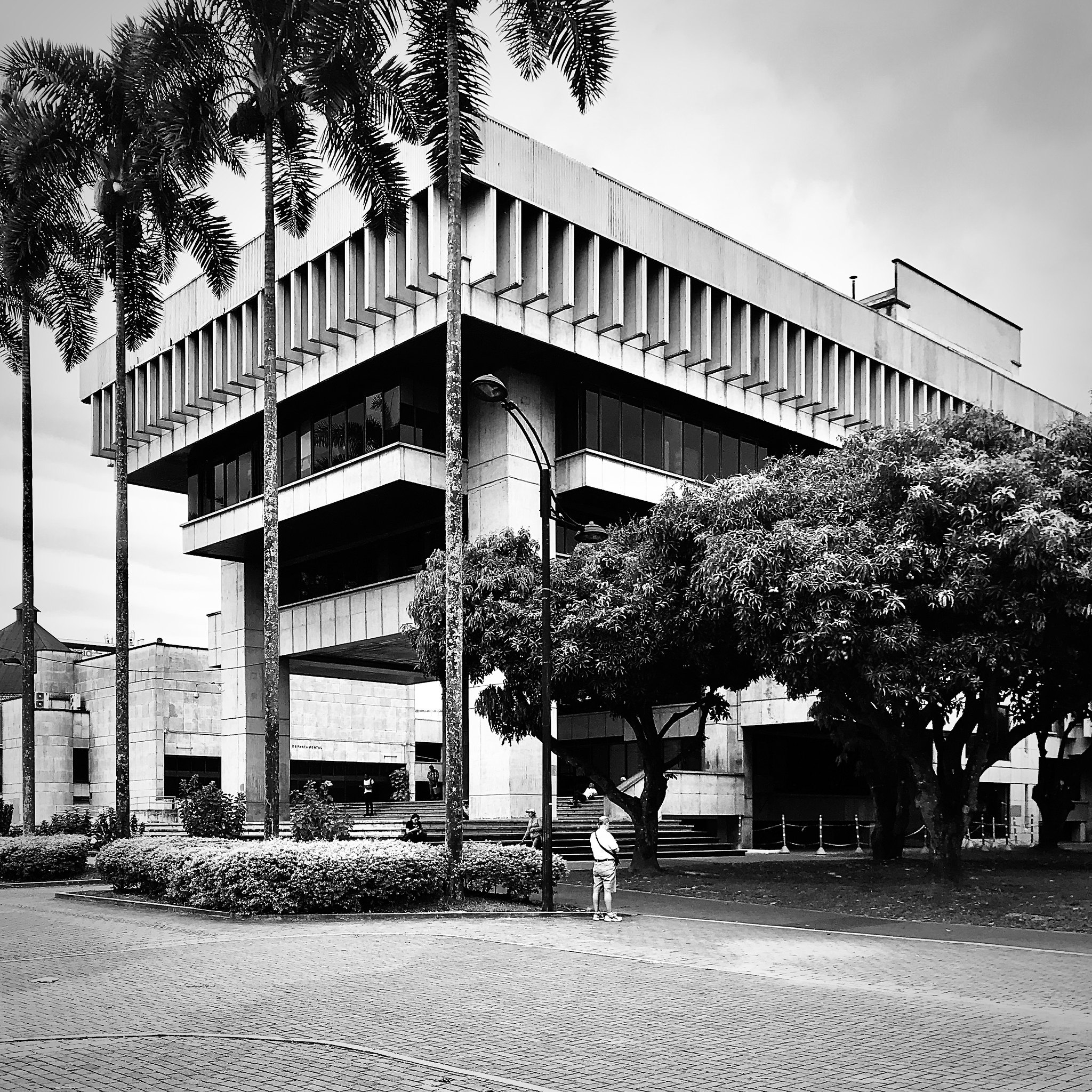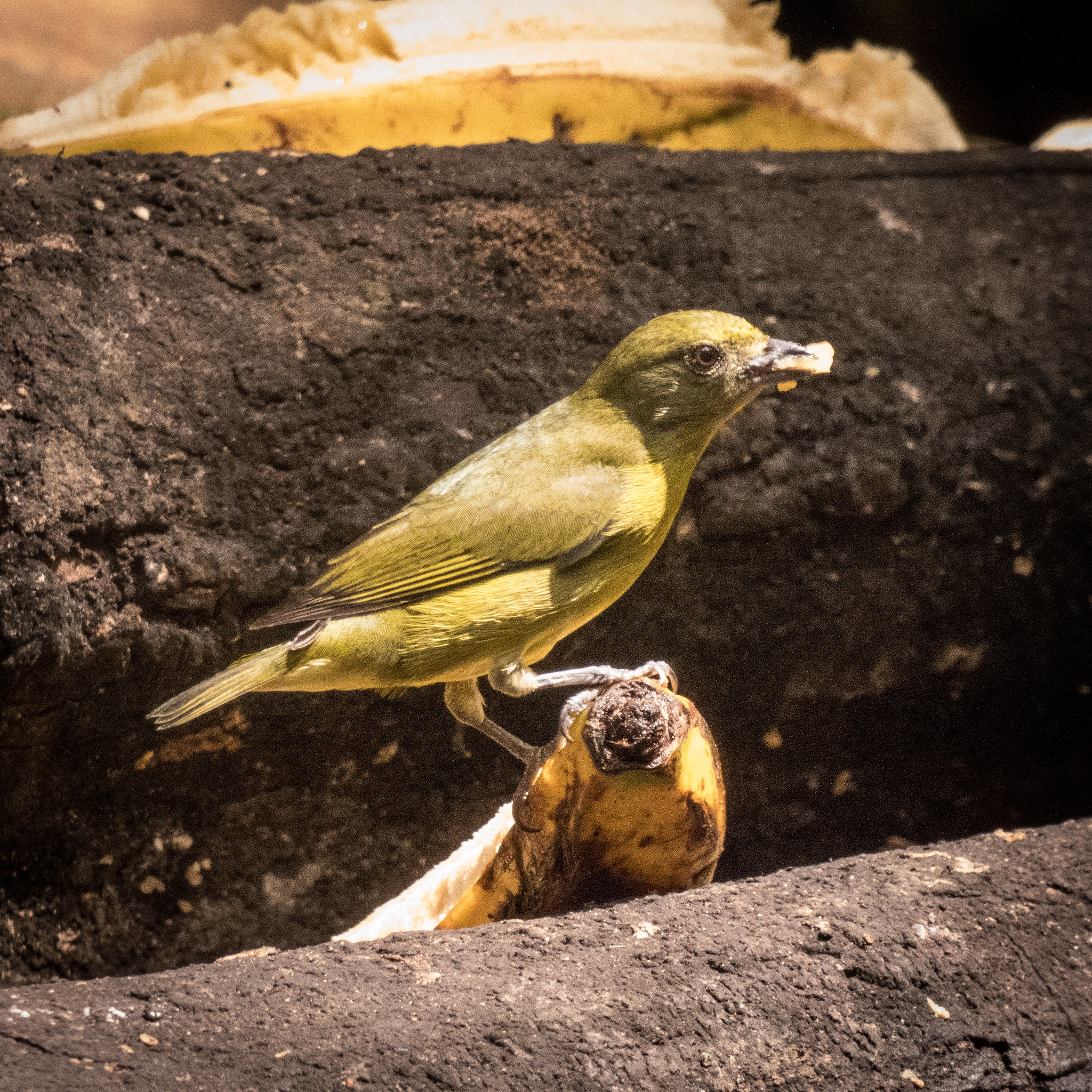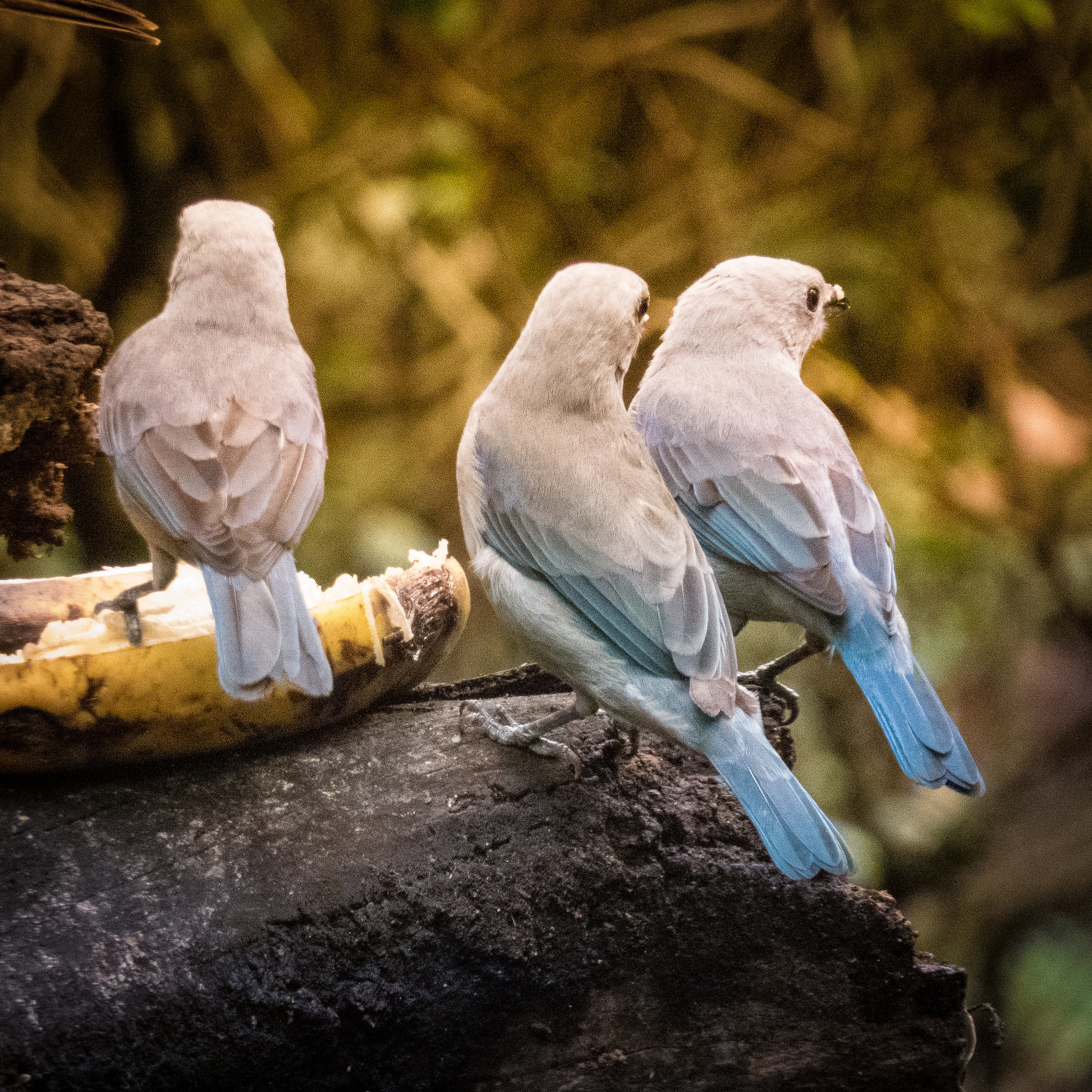Colombian coffee country
The Colombian coffee region encompasses a bunch of villages and sites roughly around the towns of Pereira and Armenia, in the department of Quindio. The region’s most iconic feature, perhaps, is the jeep, introduced shortly after the Second World War, when the US needed to get rid of its inventory. Salesmen visited the towns in the region, with their jeeps, driving up and down the stairs of the local churches to show the vehicles’ versatility. With success.
In fact, the town of Armenia celebrates the yearly ‘Jeep festival’, which mostly resembles a carnival. On jeeps.
Colombia is the third largest coffee producer in the world, after Brazil and Vietnam. But mostly, Colombians only drink cheap sweet shots of coffee, tinto, on the street, served from thermos cans. Though Colombia’s version of the Marlboro Man, Juan Valdez, hanging out with his mule Conchita who carries the coffee, was created in 1958, the Juan Valdez chain of excellent coffee shots are lacking outside of the big cities. Though cheaper than Starbucks, their coffees are out of reasonable reach from the Colombian working man.
The town of Armenia is not the only surprising name in the area. Within a stone’s throw, there are Circasia, La Siria, La Albania and Palestina. There’s an El Arabe nearby, too.
Indeed, the names refer to places in the eastern Mediterranean that were under Ottoman control until the First World War. And, indeed, from roughly 1880 to the end of the First World War, a wave of Lebanese migrants from Lebanon, Syria and Palestine did arrive in Colombia. However, most of these, as well as subsequent waves of Middle Eastern migrants, mostly stayed on the Colombian northern coast, where an estimated 20% of the population have Arab ancestry.
Though most Colombians of Arab decent derive from Catholics and Maronites from Lebanon or Syria, just like the Lebanese migrants who ended up in West Africa, like in Sierra Leone, the Colombian coastal town of Maicao also has a sizeable Sunni community, one of the largest mosques on the continent, and, according to the Brazilian newspaper O Globo, ties with Hezbollah.
Besides the names of some of the settlements as faint memories to a continent and culture far away, there’s little that reminds of this particular connection with the old world. Except, when these faint links do show up, it’s the more surprising.
When I was watching the world go by on one of the squares in Pereira, a walking street seller offered what he called kumis. I don’t think it was fermented mare’s milk, more like sweetened churned milk, but also a clear connection to the greater Middle East.
And, a prominent chain of clothing stores goes by the name Tierra Santa, Holy Land, using a (shitty) photo of the Dome of the Rock as its logo.
It’s coffee that provides the economic motor of the region. Coffee tourism centres on the village of Salento, which I thought felt a bit like a tourist village in, say, northern Thailand or Laos, where every restaurant and tour operator touts the authentic experience, solely to foreign tourists. The jeeps, a typical mode of transport in The Philippines, add to this confusion.
The coffee tours are actually not really that interesting, but near to Salento, there’s also the stunning Cocora valley. Steep mountain sides, 60m tall palm trees and rolling clouds to obscure your views of the surrounding peaks and gorgeous countryside.
Armenia is the capital of the province (or rather, department), but nearby Pereira has the commercial edge. The city council is pushing the town for its tourist attractions, but it’s slim pickings; a statue of a nude Simon Bolivar is perhaps the highlight of a visit to Pereira, even though a fast bus network was recently introduced, based on the model of Curitiba (in Brazil), and a cable car, seemingly for entertainment purposes only, is under construction.
The city’s paper tour guide listed most municipal buildings, only very few of which are of architectural interest, and also listed a grand total of one restaurant. Which turned out to be, admittedly quite nice, basement bar with a low wooden ceiling selling ‘beer sausage’ as their only food, and the staff wearing neon-green shirts with the text “De habla mierda”. Which translates to something like “Talking shit”.
In need of some food, after a decent craft beer, I walked back a few blocks to have a soup at a more traditional restaurant on one of the city’s main drags. On a corner, I passed a man, on his hunches, who had ripped open one of the stacked trash bags, which were waiting to be collected.
He somehow had managed to divine that this one particular bag was stuffed with discarded fried rice, complete with bites of sausage and chicken. He was having his dinner, digging in with his hands.




